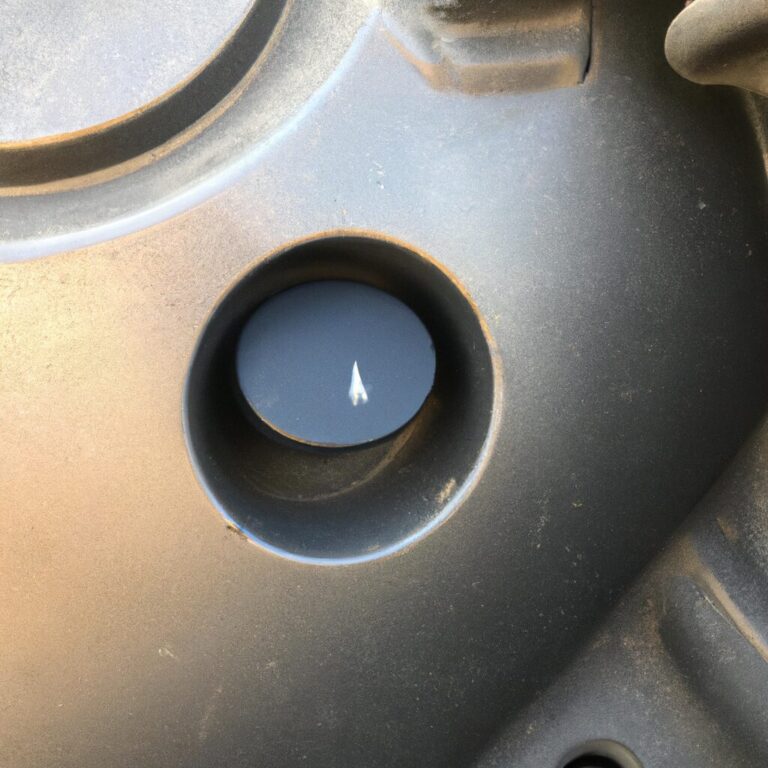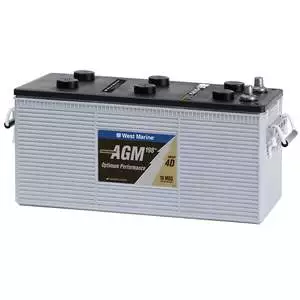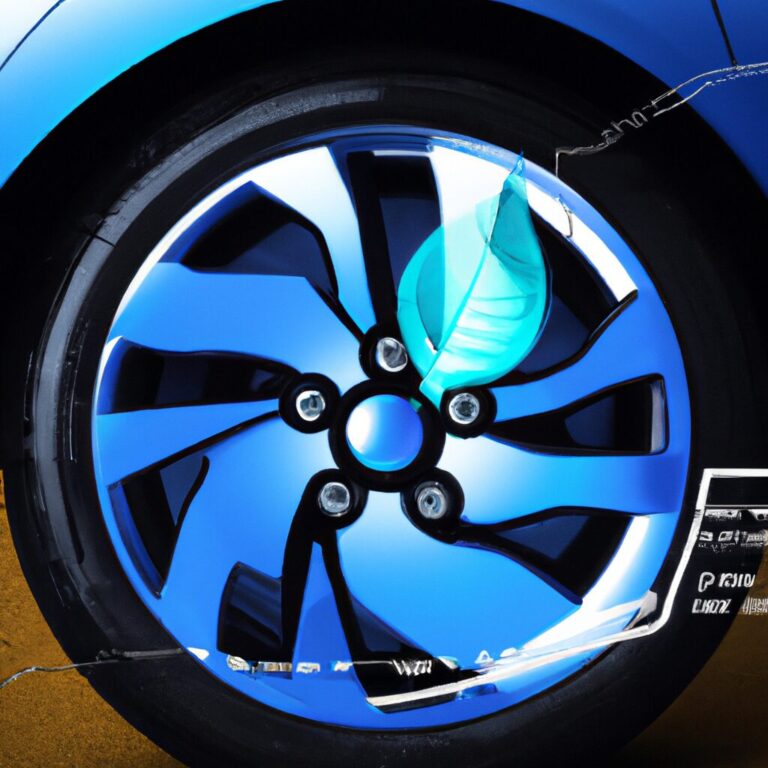How to Tell If Tire is Flat Or Just Needs Air
To tell if a tire is flat or needs air, visually inspect the tire for any obvious signs of deflation, such as a visibly flattened bottom. You can use a tire pressure gauge to accurately measure the tire pressure and determine if it’s within the recommended range for your vehicle.
When faced with the issue of identifying whether a tire requires air or if it is completely flat, it’s important to promptly address the situation to ensure safe driving conditions. By following these simple steps, you can quickly determine the status of your tire and take appropriate action to maintain optimal tire pressure levels.
Regularly checking your tire pressure is crucial for both your safety and the performance of your vehicle.
Checking Tire Pressure
When it comes to maintaining your vehicle, checking tire pressure is crucial for safety, fuel efficiency, and tire longevity. Both overinflated and underinflated tires can lead to handling problems, premature wear, and reduced gas mileage. Hence, it’s important to know how to tell if your tire is flat or just needs air. Checking tire pressure regularly can help you identify any discrepancies and take appropriate action to ensure your tires are properly inflated.
Visual Inspection
Before using a tire pressure gauge, a visual inspection can help determine if your tire needs air. Inspect the tires for any noticeable signs of deflation such as visibly flattened or sagging tires. If the tire appears noticeably empty, it might need air. However, sometimes a tire may look fine but still need air. In such cases, using a tire pressure gauge helps assess the actual pressure within the tire.
Tire Pressure Gauge
A tire pressure gauge is a tool designed to measure the air pressure inside tires. It is important to have a reliable and accurate pressure gauge to accurately measure the air pressure in your tires. Simply unscrew the valve cap from the tire and press the tire pressure gauge onto the valve stem. The gauge will display the tire pressure reading. Compare this reading to the manufacturer’s recommended tire pressure listed in the vehicle’s manual or on a sticker located in the driver’s side door jamb or inside the fuel door.
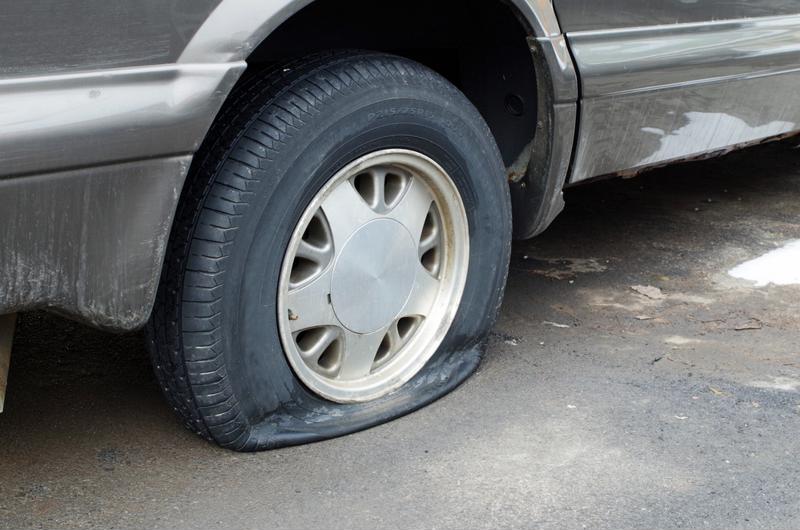
Credit: www.precisiontune.com
Determining If The Tire Is Flat
To determine whether a tire is flat or just needs air, visually inspect the tire for any signs of deflation such as sagging or bulging. Alternatively, use a tire pressure gauge to check the tire’s air pressure, comparing it to the recommended psi for your specific vehicle model.
Physical Appearance
Examine the tire closely for any visible signs of being flat such as flattened profile or sagging. Look for bulges, cuts, or nails piercing the tire indicating a flat tire.
Listening For Hissing Sound
Put your ear close to the tire and listen carefully for any hissing sounds which could indicate a slow leak or puncture causing loss of air pressure.
Factors That Cause Tire Pressure Loss
Tires losing pressure is a common issue that can lead to a decrease in fuel efficiency, poor vehicle handling, and potential safety hazards. Several factors can contribute to tire pressure loss, making it crucial for drivers to be aware of the signs indicating whether a tire is flat or simply needs air.
Temperature Fluctuations
Fluctuations in temperature affect tire pressure, causing it to increase in hot weather and decrease in cold weather.
Leaking Valve Stems
Leaking valve stems can result in slow but constant air loss from the tire, leading to decreased pressure over time.

Credit: automotive.kendatire.com
Importance Of Proper Tire Inflation
Proper tire inflation is crucial for the overall performance and safety of your vehicle. It not only affects the handling and steering of your car but also plays a significant role in fuel efficiency and the lifespan of your tires. Understanding how to tell if a tire is flat or just needs air is essential for maintaining the proper inflation pressure. Let’s explore the importance of proper tire inflation in more detail.
Safety
Proper tire inflation is vital for ensuring optimal safety on the road. Underinflated tires can compromise the vehicle’s stability, traction, and braking capabilities, especially in hazardous road conditions. On the other hand, overinflated tires can lead to decreased performance in handling and steering, increasing the risk of accidents. Regularly checking and maintaining the correct tire pressure can significantly contribute to safer driving experiences.
Fuel Efficiency
Maintaining the right tire pressure is essential for maximizing fuel efficiency. Underinflated tires create more rolling resistance, causing the engine to work harder and consume more fuel. This results in decreased gas mileage and increased fuel expenses. By keeping your tires properly inflated, you can improve fuel efficiency and save money in the long run.
Preventing Tire Pressure Loss
If you want your tires to last longer and perform optimally, preventing tire pressure loss is essential. Regular maintenance and proper tire storage are the key factors in keeping your tires in top shape. By following these tips, you can ensure that your tires have the right pressure and avoid any potential problems.
Regular Maintenance
Maintaining the proper tire pressure not only helps to extend the lifespan of your tires but also enhances vehicle safety and fuel efficiency. Here are some important steps to consider for regular tire maintenance:
- Check the air pressure: Regularly inspect the tire pressure using a reliable pressure gauge. It is recommended to check the air pressure at least once a month or before long trips.
- Refer to the manufacturer’s recommendations: Consult your vehicle’s manual or the sticker inside the driver’s side door to determine the recommended tire pressure.
- Inflate or deflate as needed: Use an air compressor to fill your tires with air if the pressure is low, or release air if the pressure is too high. Properly inflated tires promote better traction and reduce the risk of tire damage.
- Inspect for tire damage: Regularly visually inspect your tires for signs of wear, cuts, bulges, or punctures. If you notice any abnormalities, have them checked by a professional.
Proper Tire Storage
The way you store your tires when not in use can significantly impact their condition and performance. Follow these guidelines to ensure proper tire storage:
- Clean the tires: Before storing your tires, make sure to clean them thoroughly with mild soap and water. This helps remove any debris or contaminants that could cause damage.
- Choose an appropriate location: Store your tires in a cool, dry, and well-ventilated area away from direct sunlight, heat sources, and chemicals.
- Keep them off the ground: Store your tires vertically or suspended to prevent them from flat spots or getting damaged.
- Protect them from extreme temperature fluctuations: Extreme temperatures can degrade the rubber quality, so avoid storing your tires in areas with dramatic temperature changes.
By following these regular maintenance and proper storage practices, you can prevent tire pressure loss and ensure the longevity and performance of your tires. Remember, maintaining the right tire pressure is crucial for a safe and efficient driving experience.
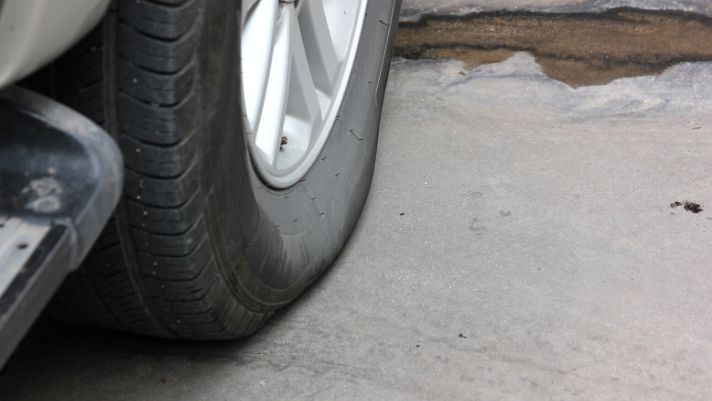
Credit: rnrtires.com
Frequently Asked Questions Of How To Tell If Tire Is Flat Or Just Needs Air
Is Tire Flat Or Just Low?
A tire can be either flat or just low. A flat tire has no air, while a low tire has less air than recommended. Regularly checking tire pressure can prevent issues.
Can I Just Put Air In A Flat Tire?
No, it’s not recommended to just put air in a flat tire as it may not fix the underlying issue.
How Do You Know If Your Tire Is Deflating?
You can tell your tire is deflating if you notice uneven tread wear, vibrations, or the TPMS warning light illuminating.
How Do I Know Why My Tire Is Flat?
A flat tire may be caused by a puncture, a damaged valve stem or corrosion on the wheel. Check for any visible damage or objects in the tire. Also, inspect the valve stem and the wheel for any signs of damage or corrosion.
If unsure, consult a professional for further diagnosis.
How Can I Tell If My Tire Is Flat Or Just Needs Air?
To determine if your tire is flat or just needs air, visually inspect for any noticeable loss of air pressure and use a tire pressure gauge to check the PSI level. If the tire looks deflated and the pressure is significantly below the recommended level, it is likely flat and needs to be repaired or replaced.
If the pressure is slightly low, adding air might solve the problem.
What Are The Signs Of A Flat Tire?
Signs of a flat tire include a visibly deflated tire, difficulty steering, pulling to one side while driving, vibration or shaking, and an increase in road noise. If you notice any of these signs, it is crucial to address the issue promptly to ensure safety and prevent further damage to the tire.
How Often Should I Check My Tire Pressure?
It is recommended to check your tire pressure at least once a month to ensure optimal performance and safety. Changes in temperature, driving habits, and road conditions can affect tire pressure, so regular checks help maintain correct levels and prevent potential issues like flat tires or uneven wear.
Conclusion
Being able to tell if your tire is flat or just needs air is essential for maintaining safe driving conditions. By understanding the signs of a flat tire and regularly checking tire pressure, you can avoid potential accidents. Keeping your tires properly inflated will also improve fuel efficiency and extend the life of your tires.
Remember, it’s better to be safe than sorry when it comes to your vehicle’s tires.

